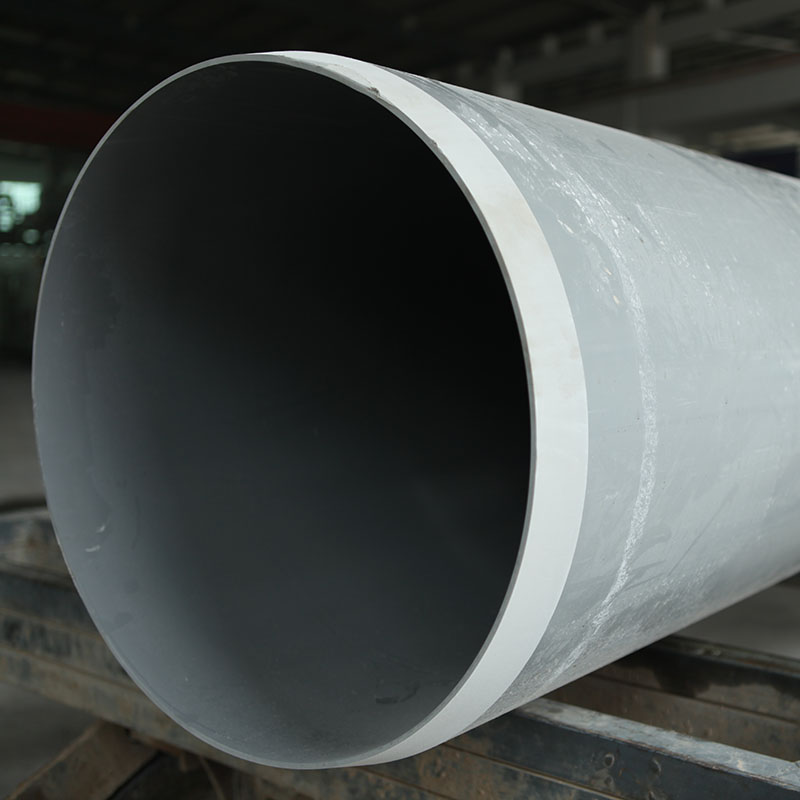Aug . 19, 2024 16:20 Back to list
Optimal PVC Pipe Solutions for Efficient Garden Irrigation Systems
PVC Pipe for Garden Irrigation A Practical Solution for Gardeners
In the world of gardening, efficient water management is essential for ensuring healthy plant growth and maximizing yield. Among various irrigation options, PVC (Polyvinyl Chloride) pipes have gained popularity due to their durability, affordability, and ease of installation. This article explores the advantages of using PVC pipes for garden irrigation and provides insights into how gardeners can effectively implement this system.
Advantages of PVC Pipes
Durability One of the primary benefits of PVC pipes is their resistance to corrosion and degradation. Unlike metal pipes that can rust and deteriorate over time, PVC pipes can withstand harsh weather conditions and exposure to chemicals found in fertilizers. This durability ensures a long lifespan, making them a cost-effective choice for gardeners looking to invest in a reliable irrigation system.
Lightweight and Easy to Handle PVC pipes are significantly lighter than metal alternatives, making them easier to transport and install. Gardeners can cut and connect PVC pipes without the need for specialized tools, allowing for a quick and straightforward setup. This ease of handling is especially beneficial for those with smaller gardens or DIY enthusiasts looking to implement their own irrigation solutions.
Cost-Effective Compared to other irrigation systems, PVC pipes are relatively inexpensive. They offer a cost-efficient solution for gardeners who need to set up extensive irrigation networks without breaking the bank. The initial investment in PVC pipes pays off in the long run, as the maintenance costs are minimal due to the pipes’ durability.
Versatility PVC pipes can be adapted to various garden sizes and irrigation needs. Whether you are watering a small vegetable patch or a large flower garden, PVC pipes can be customized to fit your specific requirements. They can be used for drip irrigation, sprinkler systems, or even as part of a hydroponic setup, making them an incredibly versatile choice for any gardening endeavor.
Implementing PVC Pipe Irrigation
pvc pipe for garden irrigation

To set up a PVC pipe irrigation system, follow these steps
1. Design Your System Begin by planning your irrigation layout. Consider the size of your garden, the types of plants you are growing, and their specific water needs. This design will help determine the length and size of the PVC pipes required.
2. Gather Materials Purchase the necessary materials, including PVC pipes, fittings (elbows, tees, and connectors), and any additional components like drip emitters or sprinkler heads. Ensure you choose the appropriate diameter of pipes based on the flow rate needed for your garden.
3. Cut and Assemble Using a saw designed for PVC, cut the pipes to your desired lengths. Assemble the pipes and fittings according to your design, ensuring all connections are secure. Use PVC cement to bond the joints, creating a watertight seal.
4. Install the System Position your PVC irrigation system as per your design. Depending on your setup, you may need to dig trenches for the pipes or lay them above ground. Ensure that the pipes are sloped slightly to allow for proper drainage.
5. Test and Adjust Once installed, test your system to check for leaks and ensure that water is evenly distributed to all areas. You may need to adjust the placement of drip emitters or sprinkler heads to achieve optimal coverage.
Conclusion
Incorporating PVC pipes into your garden irrigation system can greatly enhance water efficiency and plant health. With their durability, cost-effectiveness, and versatility, PVC pipes serve as a reliable solution for gardeners of all levels. By carefully planning and implementing an irrigation system, you can ensure that your garden thrives even in challenging conditions. Embrace the benefits of PVC pipes, and watch your garden flourish!
-
High-Quality PPR Pipes and Fittings Durable ERA PPR & PVC PPR Solutions
NewsJul.08,2025
-
Black HDPE Cutting Board - Durable, Non-Porous & Food Safe HDPE Plastic Cutting Board
NewsJul.08,2025
-
High-Quality CPVC Panel Durable HDPE & PVC Panels Supplier
NewsJul.08,2025
-
Double PE Welding Rod Supplier - High Strength, Durable & Versatile Welding Solutions
NewsJul.07,2025
-
High-Quality PVC-O Pipe Supplier Durable 75mm PVC Pipe & Connections Leading PVC Pipe Company
NewsJul.07,2025
-
HDPE Drainage Pipe Supplier – Durable & Corrosion-Resistant Solutions
NewsJul.06,2025

